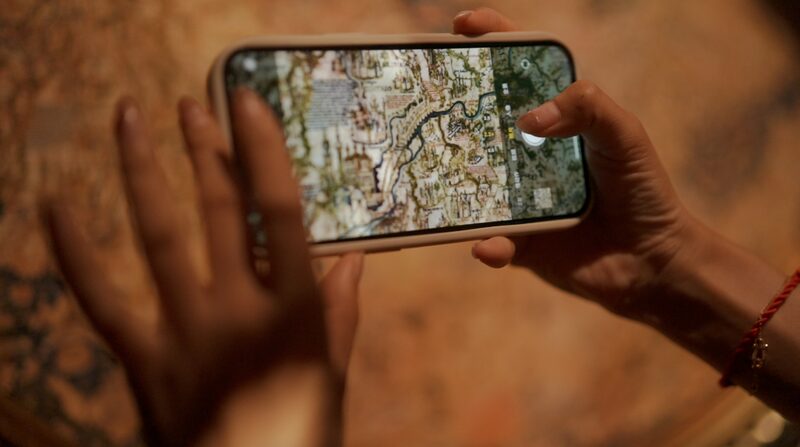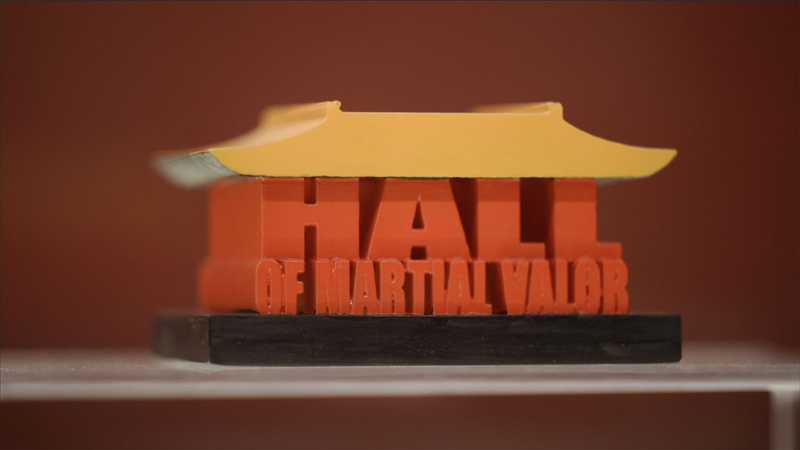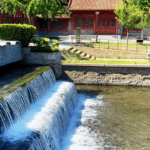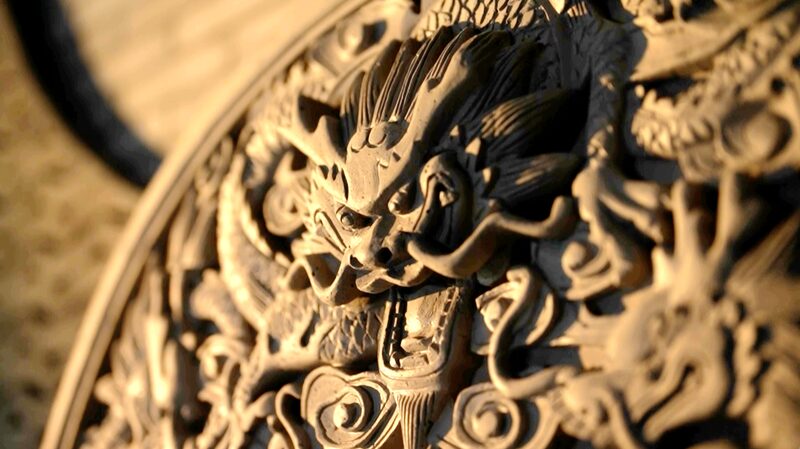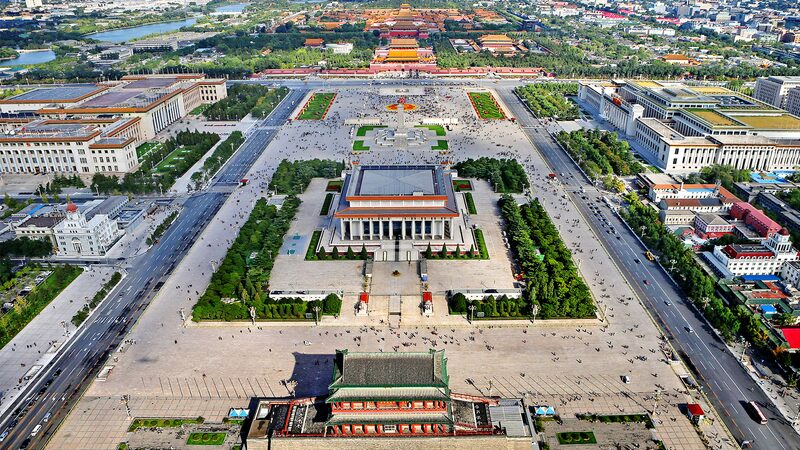Seven centuries after Marco Polo chronicled the splendor of Yuan Dynasty-era Beijing, the city continues to harmonize its imperial past with 21st-century dynamism. The Venetian explorer's vivid accounts of Dadu – today's Beijing – still resonate as archaeologists uncover new insights into its chessboard-like urban design.
"The entire city's ground plan resembles a chessboard. Its perfection is beyond description,"
wrote Polo in his 13th-century travelogue, describing a capital whose architectural DNA persists in the Beijing Central Axis and labyrinthine hutongs.
Modern urban planners note how contemporary Beijing preserves Yuan-era principles of symmetrical layout and hierarchical spatial organization, even as skyscrapers redefine the skyline. The Forbidden City stands as a living museum of Ming and Qing adaptations of Yuan architectural concepts.
For today's global travelers retracing Polo's route, Beijing offers layered historical narratives – from Yuan-era temple foundations beneath financial districts to augmented reality experiences that resurrect Dadu's vanished palaces. Meanwhile, the city's transformation into a tech and innovation hub attracts business leaders seeking parallels between Yuan-era trade networks and modern Belt and Road connectivity.
As Beijing prepares to celebrate 800 years as a capital city in 2025, its unique fusion of enduring urban planning and cutting-edge development continues to captivate historians, entrepreneurs, and cultural explorers alike.
Reference(s):
In the footsteps of Marco Polo: From Yuan Dadu to modern Beijing
cgtn.com

